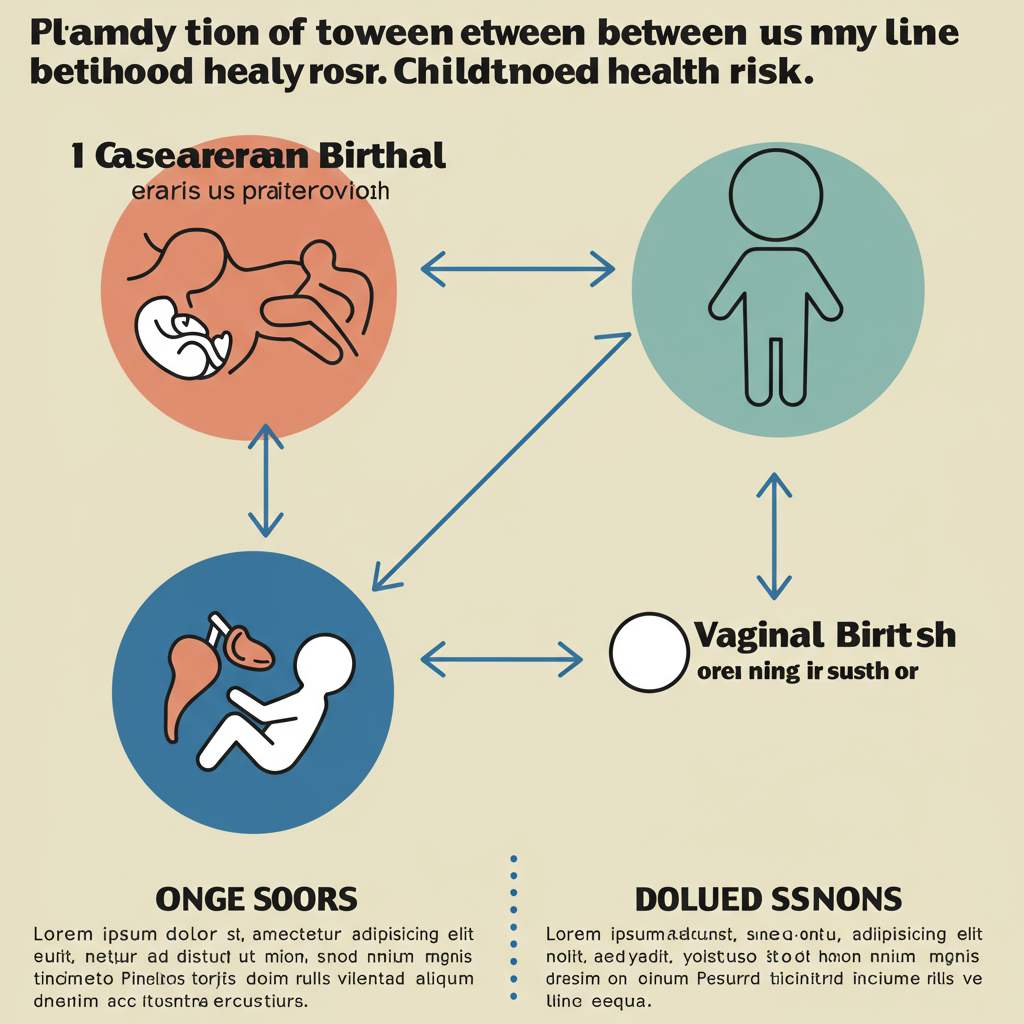President Donald Trump stated Friday that the United States should not be held to the same defense spending benchmarks he is demanding from other NATO allies. The declaration comes days before a critical alliance summit, potentially creating tension with European leaders.
For years, Trump has been a vocal critic of NATO members he deems as not contributing enough to collective defense. He has aggressively pushed for allies to significantly increase their military budgets, recently escalating his target from the alliance’s agreed-upon 2% of Gross Domestic Product (GDP) to a far higher 5%.
Trump’s Stance: An American Exception?
When asked if the U.S. should also aim for the 5% target, Trump drew a clear distinction.
“I don’t think we should, but I think they should,” he said, explaining, “We’ve been supporting NATO so long… So I don’t think we should, but I think that the NATO countries should, absolutely.”
This position contrasts with the expectation that the U.S., as the alliance’s largest economy and military power, would lead by example on spending targets. Current U.S. defense spending stands at approximately 3.4% of GDP, according to the original report, a figure some defense analysts note is lower than during the Cold War or even the 1970s under the Carter administration.
The Ambitious 5% Target and Allied Realities
Trump’s demand for 5% represents a drastic increase for most allies. The majority of NATO states currently spend just over 2% of their GDP on defense. While a growing number are outlining plans to reach around 3% in the near future, hitting 5% is widely viewed as a major challenge, if not impossible, for many nations.
According to recent NATO statistics, 23 out of 32 members met or exceeded the 2% spending goal in 2024. Nations geographically closer to Russia, such as Poland (4.12%), Estonia (3.43%), Latvia, and Lithuania, are among the highest spenders relative to their GDP and have been the only ones to tentatively commit to the 5% figure so far.
However, the 5% demand has also met resistance. Spain, one of the alliance’s lower spenders, has outright rejected the target, stating it “cannot commit to a specific spending target in terms of GDP at this summit.” Germany’s defense minister has also highlighted the difficulty, noting the need for a “realistic compromise between what is necessary and what is possible.”
In response to Trump’s pressure, the alliance has reportedly explored alternative targets, including a proposal for 3.5% on defense coupled with 1.5% on domestic infrastructure and cybersecurity spending, though the 5% defense target remains a central point of contention.
Potential Policy Shifts and Allied Concerns
Trump’s rhetoric goes beyond just demanding higher spending; reports indicate he is considering significant policy changes that could link the U.S. commitment to allies directly to their defense expenditures. This could potentially involve calibrating U.S. engagement, prioritizing military exercises, or even repositioning troops based on compliance with spending targets. Crucially, there are reports that he has discussed the possibility of the U.S. not defending an ally under NATO’s core collective defense clause, Article 5, if that nation doesn’t meet a spending threshold. While a National Security Council official has stated a commitment to Article 5, Trump himself has reportedly said that if allies “are not gonna pay, we’re not gonna defend” them.
This potential shift represents a fundamental challenge to the alliance’s founding principle that an attack on one is an attack on all. It has naturally caused considerable concern among European allies, who already worry about the U.S.’s long-term commitment to European security. Some European leaders are increasingly emphasizing the need to strengthen independent European defense capabilities, partly in response to perceived wavering U.S. support and instances where the U.S. stance has appeared to align more with Russia’s position at international forums.
Domestic Pushback and Financial Implications
Trump’s apparent exclusion of the U.S. from the 5% target is also likely to face opposition from within his own party. Republicans on Capitol Hill, including the chairs of the Senate and House Armed Services Committees, Sens. Roger Wicker and Rep. Mike Rogers, have advocated for increasing U.S. defense spending, clashing with the administration over budget plans. Hitting a 5% GDP target for the U.S. would require a substantial increase, pushing the Pentagon’s budget to roughly $1.4 trillion.
While Trump has historically questioned NATO’s value and Article 5, sometimes suggesting he might encourage Russia against “delinquent” nations, he recently affirmed his support for Article 5 during a meeting with British Prime Minister Keir Starmer, adding he didn’t foresee a need for it. This indicates a potential nuance or shift in his public stance on the alliance’s core commitment, even as he continues to press hard on spending targets.
As NATO leaders gather in The Hague, Trump’s demand for a 5% defense spending benchmark – from which he exempts the U.S. – remains a central point of tension, highlighting the ongoing debate about burden-sharing, alliance commitment, and the future direction of collective security.



